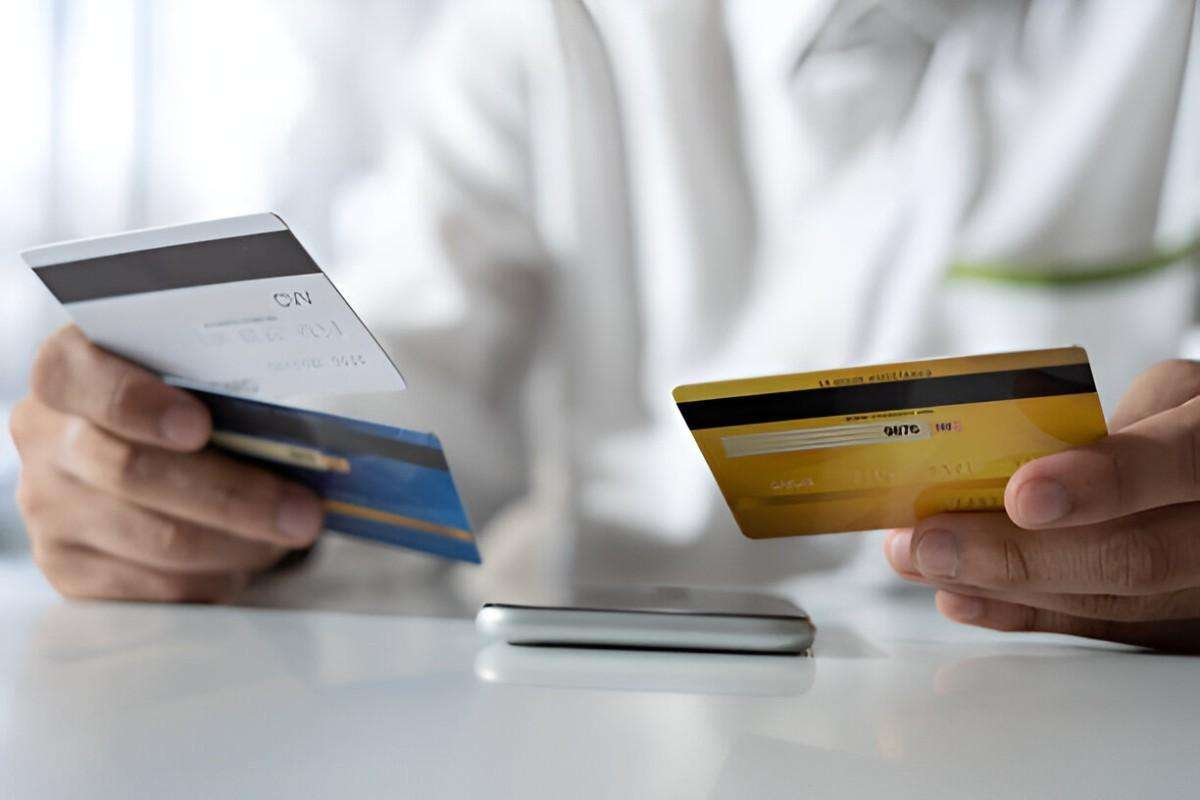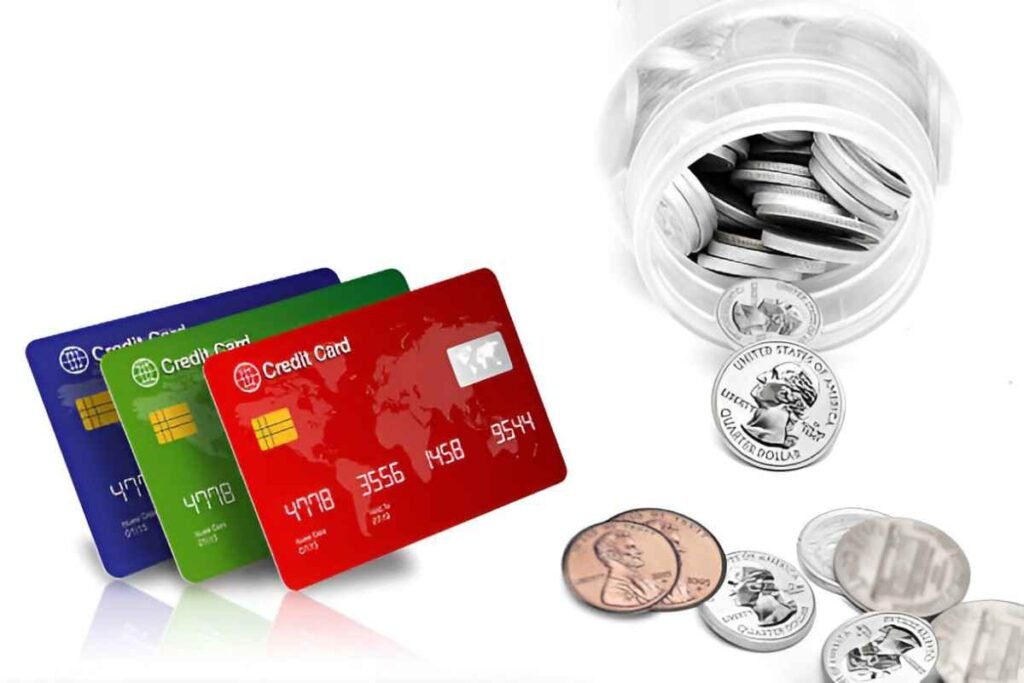After going through a bankruptcy, many people find it difficult to re-establish their credit. It’s not surprising, given how bankruptcies can stay on your credit report for years. However, alternative credit cards provide a path to rebuilding credit and regaining financial stability. In this guide, I will take you through what alternative credit cards are, how they work, and how they compare to traditional credit cards. I’ll also walk you through real-life examples, calculations, and offer advice on choosing the best card for your needs. This article is designed to give you a comprehensive understanding so you can make an informed decision.
Table of Contents
What Are Alternative Credit Cards?
Alternative credit cards are financial products designed for people who have poor credit, limited credit history, or have recently gone through bankruptcy. These cards are typically easier to obtain than standard credit cards, but they come with trade-offs. Alternative credit cards can be broken down into several types, such as secured credit cards, prepaid cards, and subprime credit cards. I’ll cover these options in detail, so you understand how each type works and which might be best for you.
Secured Credit Cards
Secured credit cards are a popular option for those recovering from bankruptcy. They require a security deposit, which acts as collateral. The credit limit typically equals the deposit amount. For example, if you deposit $500, your credit limit will be $500. The deposit serves as a safeguard for the card issuer, making it less risky for them to offer credit to individuals with poor or no credit history.
The advantage of secured credit cards is that they help you rebuild your credit history. As you use the card responsibly by making timely payments, the issuer reports your activity to the credit bureaus, which helps to improve your credit score. Over time, your credit limit may be increased, and you may even qualify for an unsecured card.
Prepaid Cards
Prepaid cards, unlike credit cards, don’t allow you to borrow money. Instead, you load the card with a certain amount of funds in advance, and you can only spend the amount you’ve loaded. These cards are ideal for budgeting purposes, as they help you avoid overspending. However, they don’t help you rebuild your credit score, as they don’t report to the credit bureaus.
Prepaid cards are often used as an alternative for people who want to limit their spending and manage their finances without taking on debt. If your goal is strictly to avoid overspending or to control your finances after bankruptcy, a prepaid card could be the right choice for you.
Subprime Credit Cards
Subprime credit cards are aimed at people with a credit score below 650, often those recovering from bankruptcy or dealing with other financial difficulties. These cards are offered by banks and financial institutions but come with higher interest rates, fees, and lower credit limits. These cards are unsecured, which means you don’t have to provide a deposit.
While they may not offer the best terms, subprime cards can be a stepping stone to rebuilding your credit if you use them responsibly. The key is to make your payments on time and keep your balance low relative to your credit limit.
How Alternative Credit Cards Help After Bankruptcy
After a bankruptcy, your credit score takes a major hit. While it’s possible to rebuild your credit over time, you need to take steps to improve your creditworthiness. Alternative credit cards are an excellent tool for this. By using these cards responsibly, you can slowly rebuild your credit score.
Rebuilding Credit
The most significant benefit of using alternative credit cards after bankruptcy is the ability to rebuild your credit. A secured or subprime credit card issuer will report your payment history to the credit bureaus. If you make timely payments and avoid late fees, you’ll start to build a positive credit history, which helps to boost your score. Rebuilding credit takes time, but it’s essential to start somewhere.
Low Interest Rates on Secured Cards
Secured credit cards typically have lower interest rates than subprime cards, making them a more cost-effective option for those recovering from bankruptcy. Lower interest rates can help you manage your debt more effectively, especially if you carry a balance month-to-month. For example, if you have a balance of $500 on a secured card with a 15% APR, you would pay $75 in interest over the course of a year. However, with a subprime card at a 25% APR, you’d end up paying $125 in interest on the same balance. Over time, the difference in interest charges can add up significantly.
Flexibility in Credit Limit Increases
Many secured credit cards offer the option to increase your credit limit after a few months of on-time payments. This can give you more purchasing power and help lower your credit utilization rate, which is an essential factor in calculating your credit score. For example, if you start with a $500 limit and after six months of responsible use, the issuer increases your limit to $1,000, your credit utilization drops from 50% to 25%. This can have a positive impact on your credit score.
Comparing Alternative Credit Cards
Now that we’ve covered the basics of alternative credit cards, let’s compare them to traditional credit cards and look at how they stack up in terms of costs, benefits, and limitations.
| Feature | Secured Credit Cards | Subprime Credit Cards | Prepaid Cards | Traditional Credit Cards |
|---|---|---|---|---|
| Credit Limit | Equal to deposit (e.g., $500) | Varies, typically low | None | Varies, typically higher |
| Security Deposit Required | Yes | No | No | No |
| Credit Reporting | Yes | Yes | No | Yes |
| Interest Rates | Low to Moderate | High | None (no borrowing) | Low to Moderate |
| Fees | Annual fee, late payment fees | Annual fee, late payment fees | Monthly/transaction fees | Annual fee, late payment fees |
| Ideal For | Rebuilding credit | Rebuilding credit | Budgeting, avoiding debt | Good credit, rewards, perks |
| Pros | Credit rebuild, low fees | No deposit, credit rebuild | Control spending, no debt | Rewards, low interest, perks |
| Cons | Deposit required, low limits | High fees, high interest | No credit rebuilding, limited features | Annual fee, requires good credit |
Real-Life Example: How Secured Credit Cards Can Help Rebuild Credit
Let’s look at an example of how a secured credit card can help someone rebuild credit after bankruptcy. Suppose you choose a secured credit card with a $500 deposit. Your credit limit is $500, and the APR on the card is 18%. You use the card for small purchases, ensuring that you never spend more than 30% of your credit limit to maintain a low credit utilization rate. You also pay the balance in full each month to avoid interest charges.
Let’s say that over the course of six months, you make all your payments on time, and your credit utilization remains under 30%. Your credit score improves due to positive payment history and low utilization. After six months, your secured card issuer increases your credit limit to $1,000. This improvement in credit limit and continued responsible usage could lead to a significant increase in your credit score.
Final Thoughts: Choosing the Right Alternative Credit Card
Choosing the right alternative credit card depends on your financial goals and what you hope to achieve after bankruptcy. If you want to rebuild your credit quickly, a secured credit card is likely your best option. It offers the opportunity to improve your credit score, often with lower interest rates than subprime cards. If you’re looking for a way to avoid overspending and manage your budget, a prepaid card may be a better choice.
No matter which card you choose, the most important factor in rebuilding your credit after bankruptcy is responsibility. Make payments on time, keep your balances low, and avoid taking on more debt than you can handle. Over time, this will help you improve your credit score and move beyond the financial challenges of bankruptcy.





